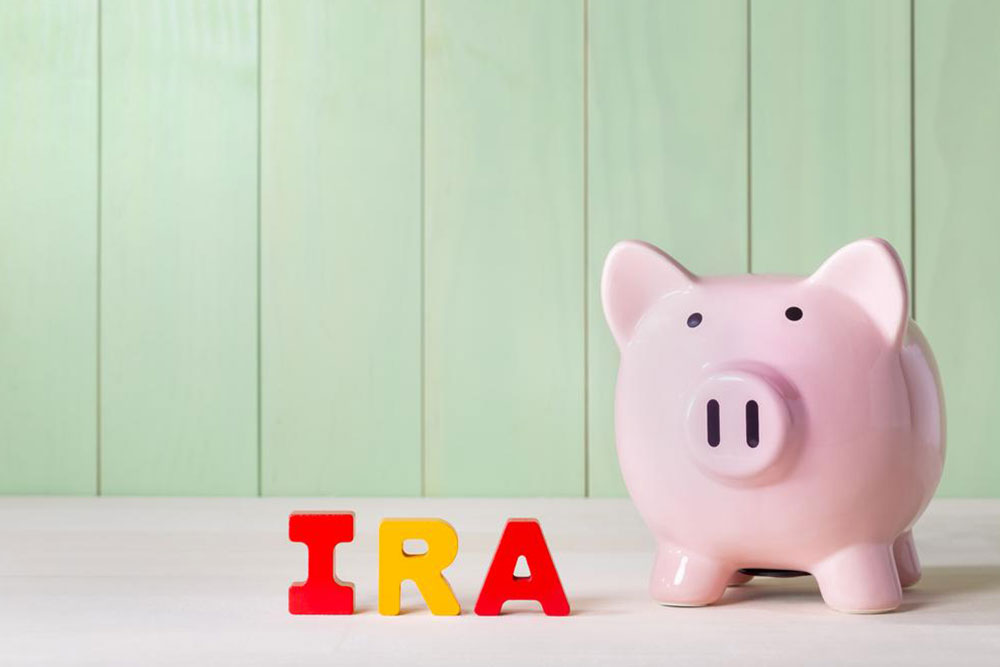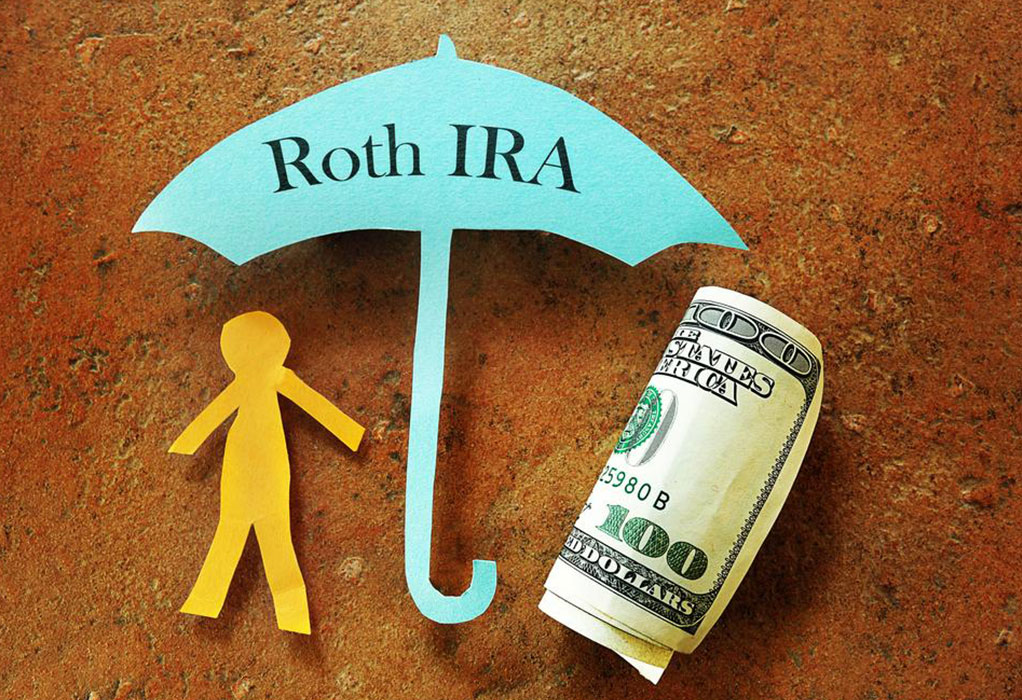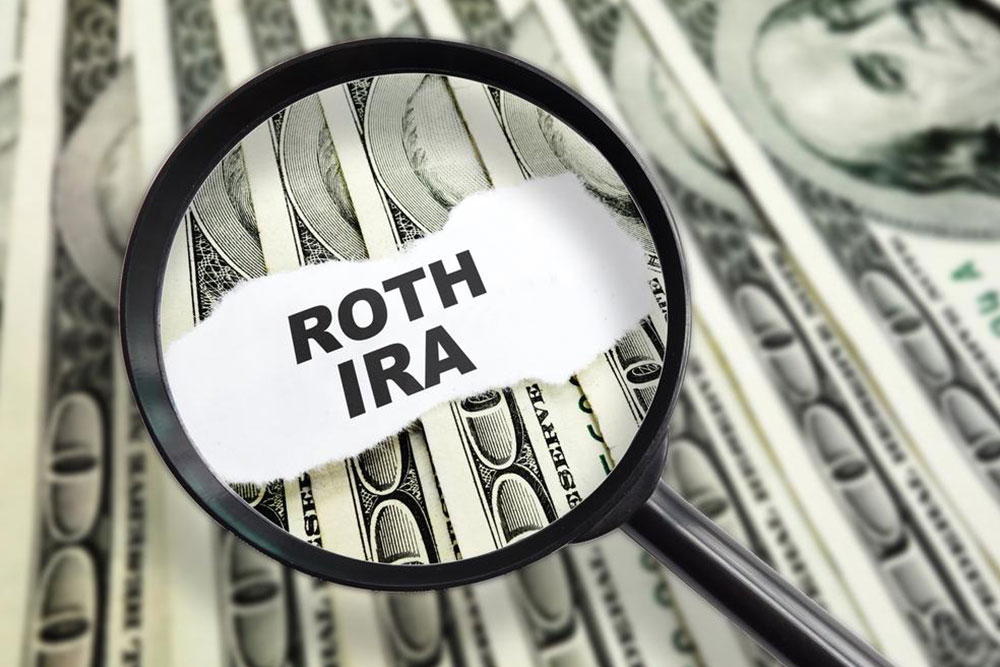Comprehensive Guide to Individual Retirement Accounts (IRAs)
This article offers a clear overview of IRAs and retirement plans, detailing types like traditional and Roth IRAs, along with insights into contribution rules and tax advantages. Designed for individuals planning their retirement savings, the guide emphasizes flexibility and tax benefits, helping readers make informed financial decisions.

Understanding Individual Retirement Accounts (IRAs)
An IRA is a savings tool designed to help individuals prepare financially for retirement. These accounts are often offered through employers, financial institutions, or independently opened by individuals. Qualifying investments within IRAs can provide tax advantages, as regulated by the Internal Revenue Service (IRS). IRAs are mainly classified into two types based on contribution rules and taxation: traditional IRAs and Roth IRAs. Both aim to help individuals grow their retirement savings effectively and securely.
What is a Defined Contribution Plan?
It involves allocating a portion of earnings into specific investment options such as mutual funds, stocks, or securities, chosen by the individual. Examples include IRAs, 401(k)s, and profit-sharing plans. These plans enjoy tax benefits if withdrawals occur after age 59.5; early withdrawals attract penalties.
The main purpose of an IRA is to enable individuals to control their retirement savings with potential tax advantages. Different IRAs cater to various financial situations and goals.
Types of IRAs:
Traditional IRAs: Contributions may be tax-deductible, and earnings grow tax-deferred until withdrawal, usually at retirement. This allows for lower taxable income during working years, with taxes paid at a possibly lower rate upon withdrawal. However, mandatory minimum distributions start at age 70.5.
Advantages: Taxes on earnings are deferred until withdrawal.
Disadvantages: Required minimum withdrawals begin at age 70.5.
Roth IRAs: Contributions are made with after-tax dollars, making qualified withdrawals tax-free, providing flexibility in retirement. Earnings grow tax-deferred, and contributions are optional.
Advantages: Contribution timing is flexible, and qualified distributions are tax-free.
Disadvantages: Contributions are not deductible, and earnings become tax-free only if specific conditions are met.
SEP IRAs: Simplified Employee Pension plans are employer-established accounts, where contributions are made on behalf of employees, with tax benefits for the employer.
Advantages: No taxes on employer contributions for employees.
Disadvantages: Earnings and distributions are taxable, and the setup can be more complex due to linking with traditional IRAs.
Simple IRAs: Salary reduction plans for self-employed or employed individuals, with pretax contributions that grow tax-deferred until withdrawal.
Advantages: Cost-effective to set up and maintain, with shared funding between employer and employee.
Disadvantages: Contributions are tax-deferred, but distributions are taxable upon withdrawal.









